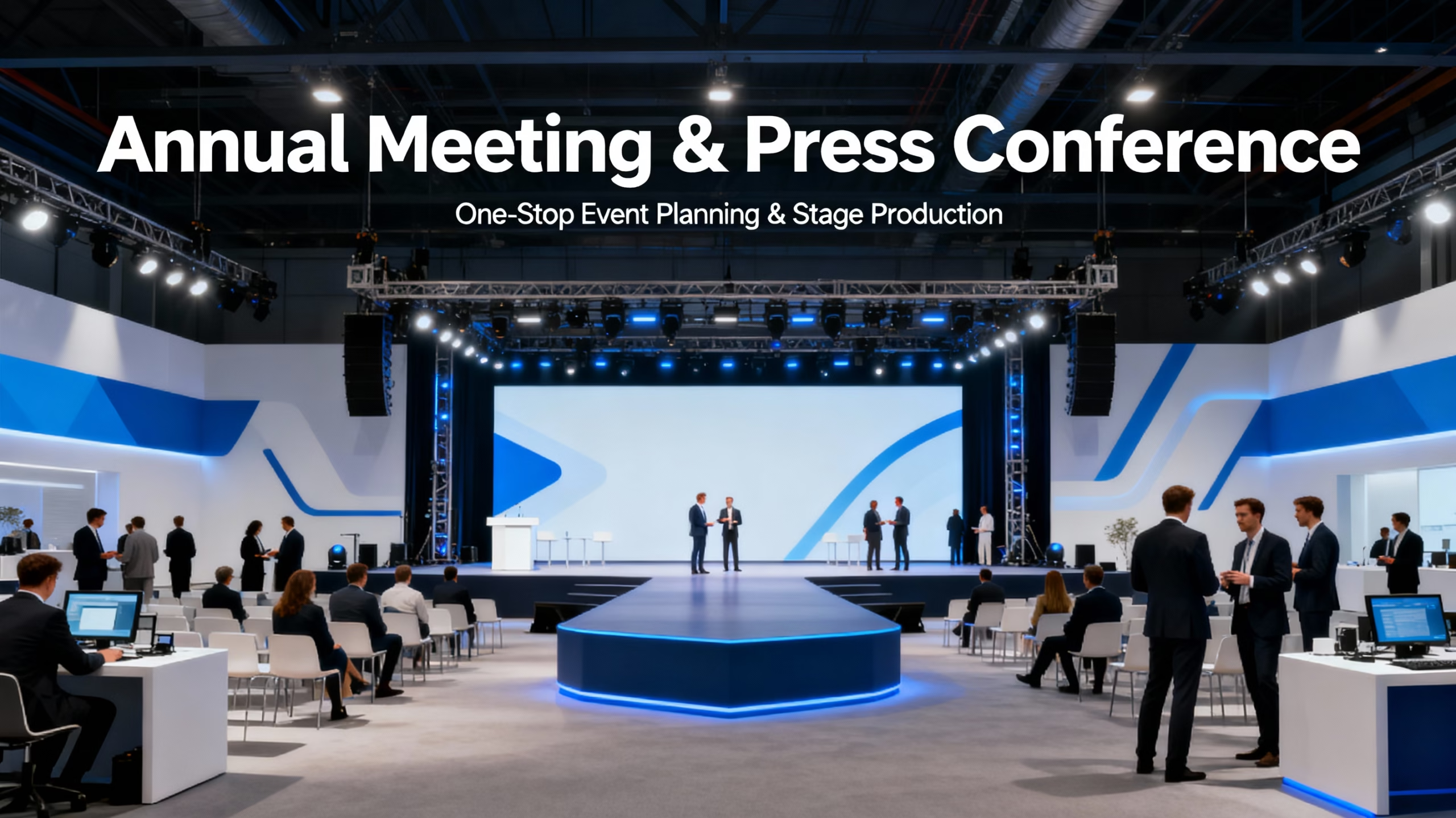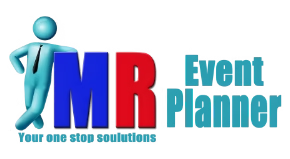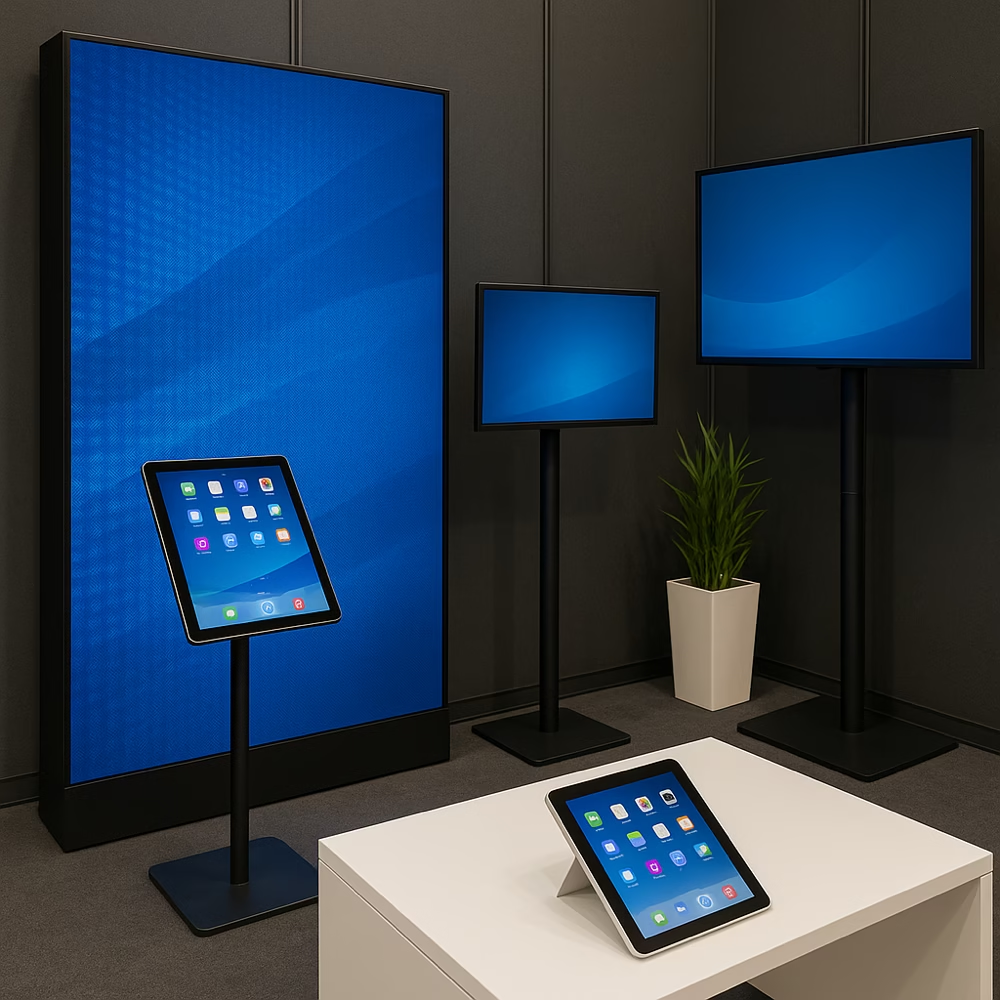Understanding the Importance of Corporate Annual Meetings and Press Conferences
Corporate annual meetings and press conferences hold paramount importance in the business ecosystem, serving as essential platforms for organizations to convey their narratives to stakeholders, including employees, investors, and the media. These events are not merely formalities; they represent critical avenues through which a company shares its achievements, sets objectives, and outlines future strategies. By providing a transparent overview of a company’s performance and strategic direction, these gatherings foster trust and validate stakeholder engagement.

annual meetings
One of the primary functions of these meetings is to enhance corporate communication. They allow businesses to articulate their vision and address any queries or concerns from stakeholders directly. This direct engagement is crucial in fostering transparency and accountability, traits that are increasingly demanded by today’s stakeholders. Moreover, these events play a significant role in building brand loyalty. When companies open a channel for dialogue through annual meetings and press conferences, they signal to their audience that their opinions and insights are valued, thereby cultivating a loyal customer base and investor confidence.
Furthermore, these meetings contribute significantly to enhancing a company’s corporate reputation. A well-executed press conference or annual meeting not only highlights achievements but also demonstrates the company’s commitment to openness and governance standards, essential for maintaining stakeholder trust. However, organizing such gatherings presents a series of challenges, including ensuring effective communication and logistical coordination. The necessity for meticulous planning cannot be overstated, as effective preparation directly correlates with the perceived success of these events. In summary, corporate annual meetings and press conferences are foundational elements in the corporate landscape, offering vital opportunities for communication, relationship-building, and reputation management.
Key Components of Successful Event Planning and Stage Production
Successful corporate annual meetings and press conferences hinge on several key components that must be meticulously planned and executed. To start, timeline management is essential; establishing a clear schedule allows for the systematic organization of various tasks and helps ensure all elements are aligned for the event day. This involves setting milestones for each phase of planning and continuously monitoring progress to avoid any last-minute rush.
Budgeting is another critical element in the event planning process. A well-structured budget not only helps in managing expenses but also allows for the allocation of funds to different facets of the event, such as the venue, catering, and technology needs. Keeping a close eye on budget compliance throughout the planning stages helps prevent overspending and ensures resources are optimally utilized.
The selection of an appropriate venue greatly influences the overall success of the event. Factors such as location, capacity, and accessibility should be considered, along with the venue’s ability to accommodate stage production requirements, including audio-visual setups and lighting. An ideal venue complements and enhances the intended atmosphere of the event, fostering a professional tone while engaging the audience effectively.
Supplier coordination plays a significant role in the seamless execution of planning. Establishing strong relationships with reliable suppliers for catering, technology, and decor is crucial, as they will contribute to the event’s success. Clear communication and defined expectations with these suppliers are vital to ensure that everything runs smoothly on the day of the event.
Lastly, stage production should not be overlooked as it significantly enhances the attendee experience. This includes careful consideration of audio-visual components, lighting design, and set design, all of which work in harmony to create an engaging atmosphere. By ensuring all elements of event planning and stage production are integrated, planners can deliver an impactful and polished experience that meets the goals of the annual meeting or press conference.
Best Practices for Collaboration between Event Planners and Production Teams
Effective collaboration between event planners and production teams is crucial to the success of corporate annual meetings and press conferences. Establishing clear communication channels is the first step toward a seamless partnership. Regularly scheduled meetings can facilitate discussions about the event’s vision, timelines, and expectations, allowing both teams to remain aligned. By encouraging open dialogue, potential issues can be quickly identified and addressed, preventing any last-minute surprises.
Another important strategy involves the use of shared project management tools. These platforms enable both planners and production teams to track tasks, deadlines, and responsibilities in real-time. Such transparency not only aids in joint accountability but also helps in monitoring progress as the event date approaches. Incorporating functionalities for document sharing and feedback can streamline the planning process, ensuring everyone remains on the same page.
Moreover, creative brainstorming sessions can serve as a powerful tool in enhancing collaboration. These meetings allow teams to exchange ideas and innovate together, fostering an environment where creativity flourishes. It is important to establish a culture where all contributions are valued, as diverse perspectives can lead to unique solutions and improved outcomes.
Defining clear roles and responsibilities from the outset helps to mitigate confusion and overlap. By outlining who is responsible for what, teams can focus their efforts more effectively. Regular feedback loops allow for ongoing evaluation of the collaboration process. This practice ensures that adjustments can be made promptly, enhancing the overall efficiency of the planning effort.
Real-world examples highlight the positive outcomes of effective teamwork. For instance, during a major press conference where the event planner and production team worked closely, the seamless integration of visual and audio elements led to a highly successful audience engagement. Such instances underscore the importance of collaborative practices in achieving event objectives.
Post-Event Evaluation and Continuous Improvement
Effective post-event evaluation is crucial for understanding the success of corporate annual meetings and press conferences. This process not only involves assessing attendee satisfaction but also analyzing various event metrics that contribute to overall business objectives. Gathering feedback from attendees is one of the most vital methodologies. Utilizing surveys, interviews, or interactive feedback tools can provide event planners with quantitative and qualitative data. Questions should focus on various aspects of the event, such as content relevance, speaker effectiveness, logistics, and overall experience.
Once feedback is collected, the next step is to analyze this data alongside other performance metrics. These metrics might include participant engagement levels, social media interaction, and attendance versus expectations. Identifying patterns in the feedback can help event organizers pinpoint areas of strength and opportunities for improvement. Additionally, session-specific analysis not only provides insights into individual segments of the event but also helps in understanding the overall impact on the organization’s goals.
Furthermore, conducting post-event debriefs with both event planners and production teams serves as a platform for discussing successes and areas for enhancement. This collaborative evaluation fosters a culture of openness and encourages teams to share their experiences. Such discussions are pivotal in identifying best practices as well as recurring challenges faced during the planning and execution phases. It is also essential that organizations implement actionable insights derived from these evaluations in future events. This continuous improvement approach ensures that planning and production processes evolve, leading to increasingly successful corporate meetings and conferences.







發表迴響